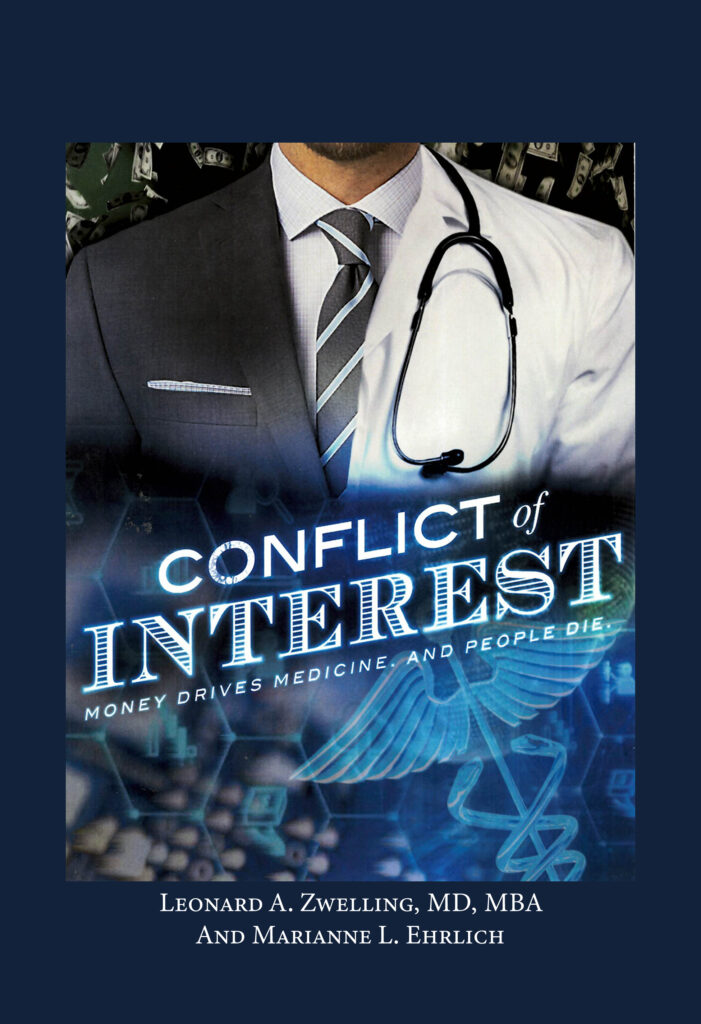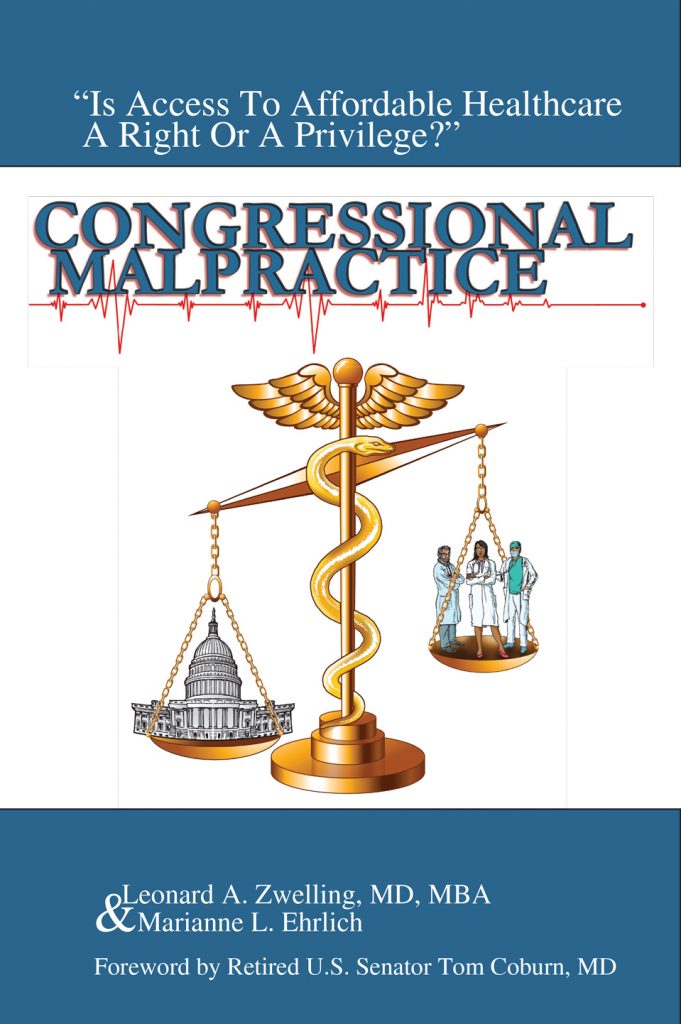Collaboration:
An Essential Part of Art AND Science (The Sting/Paul Simon Concert of February
8)
By
Leonard
Zwelling
Go on chron.com and read the review of
the concert at the Toyota Center that I attended on February 8. For the first
time ever, Sting and Paul Simon presented a joint concert and we in Houston
were lucky enough to be the first stop on the tour.
It was a great, great concert, one of the
best I have ever seen in my 65 years. It was not great because of the
showmanship of the two artists and their 15 or so collaborative musicians
collected from the bands of both of them. It was a concert—very rare in my
recent experience—that focused on the song writing, the musicianship and the
constant interactivity that constitutes the factors that differentiate good
music from great music. This was great. No pyrotechnics, videos, twerking or trapezes
needed.
It will come as no surprise to anyone
that both Paul Simon and Sting write catchy, complex, intelligent songs tinged
with the influence of world music, a heavy percussion component and melodies
that do leave you humming them on the way home. What was a surprise is the
clear admiration one man had for the other’s compositions, how they interpreted
them to make them their own, and the blending of two remarkable musical groups,
Sting’s back-up band and Simon’s 4 or so main co-players. These guys could
really play and they played everything from English horns to ukuleles to
mandolins to French horns to metal zydeco washboard vests even banging on atypical
African relics to get that South African beat made famous by Simon or to
emphasize the reggae-tinge with which the Police permeated the airwaves in the
70’s and 80’s.
It was the interplay among the two leads
and their band mates that made it all so special. Like great scientists analyzing the
complexity of nature by exchanging theories and ways to test them, even lending
to each the other’s lab technicians Sting and Paul Simon chiseled away the Grammyphied
superficial twerkification of popular music to get to the emotional honesty of
their lyrics, rhythms, melodies and harmonies. We in research ought to give
that a try.
And, in the Moon Shots, perhaps that is Dr.
DePinho’s whole point. Perhaps, but then again, why does it seem to be all
about Ron (and maybe Lynda)?
The best of what Sting and Simon did last
Saturday is what we in biomedicine ought to be doing everyday. Instead of
trying to beat each other over the head in the latest pages of Cancer Cell, we
should be joining principles of cancer biology with those of modern medicine to
really put a dent in the cancer problem whether that is better screening, more
prevention or more aggressive treatment, It is important to both drill deeper
and deeper into the cancer cell, to accumulate massive amounts of
population-based data for comparative effectiveness research and to continue
the long and successful history of empiricism in clinical research, not because
we can’t wait until we understand cancer to treat it, but because we have been
successfully treating some cancers for 50 years and still don’t know how the
magic works.
It was a rare privilege to be present to
see two masters and their respective teams bring such a sense of joy to many
thousands gathered in the Toyota Center. The combination of skill and artistry
and just plain good taste is rare indeed in popular music.
We in the medical community might
consider trying to deliver accessible affordable high quality patient care
based on the best of intellectual pursuits and stop worrying so much where the
next dollar is coming from. I cannot promise that “if we build it, they will
come”, but I can say if we don’t bring the skills on view at the Toyota Center
to the biomedical enterprise we call the health care system, we are going to be
“looking for America” for years and wondering what we could have done to “set
ourselves free”. The hell with 50 ways. How about one?




